When it comes to the most abundant mineral in Earth’s crust, one name stands out – Quartz. This versatile and durable mineral is found in countless forms worldwide and has been utilized throughout history for both practical and ornamental purposes. In this article, we will delve into the intriguing characteristics and myriad applications of quartz, shedding light on why it remains a mineral of utmost significance in various industries today. 1. Understanding Quartz: Quartz belongs to the group of minerals known as silicates, which are composed primarily of silicon and oxygen. What differentiates quartz from other silicate minerals is its distinct crystalline structure, usually forming hexagonal prisms with well-defined facets. Its exceptional hardness and resistance to weathering make it an enduring presence in Earth’s crust.

.
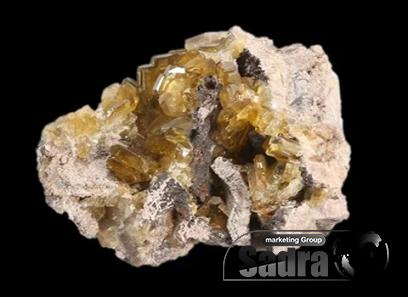 2. Abundance and Occurrence: Quartz accounts for an astonishing 12% of the Earth’s crust. It is found in a multitude of geological environments, from igneous and metamorphic rocks to sedimentary deposits. Quartz can be found in massive veins, granitic intrusions, sand dunes, and riverbeds. Not only is it abundant on land, but it is also present in sea water as dissolved silica. 3. Quartz Varieties: Quartz manifests in a variety of forms, each with its unique characteristics and uses. Some prominent varieties include: – Clear Quartz: Transparent and colorless, clear quartz is valued for its optical properties. It is popular in the production of lenses, scientific instruments, and decorative crystal formations. – Amethyst: Known for its stunning purple hue, amethyst quartz has long been admired for its ornamental qualities.
2. Abundance and Occurrence: Quartz accounts for an astonishing 12% of the Earth’s crust. It is found in a multitude of geological environments, from igneous and metamorphic rocks to sedimentary deposits. Quartz can be found in massive veins, granitic intrusions, sand dunes, and riverbeds. Not only is it abundant on land, but it is also present in sea water as dissolved silica. 3. Quartz Varieties: Quartz manifests in a variety of forms, each with its unique characteristics and uses. Some prominent varieties include: – Clear Quartz: Transparent and colorless, clear quartz is valued for its optical properties. It is popular in the production of lenses, scientific instruments, and decorative crystal formations. – Amethyst: Known for its stunning purple hue, amethyst quartz has long been admired for its ornamental qualities.
..
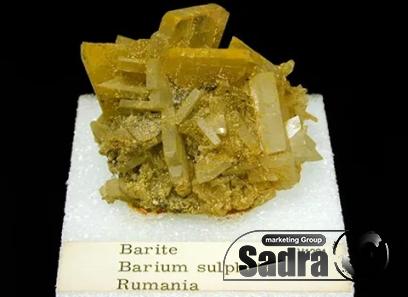 It is frequently used in jewelry and as decorative accents. – Rose Quartz: This gentle, pink-hued variety is associated with love and compassion. Rose quartz is often fashioned into jewelry, carvings, and home decor items. – Smoky Quartz: Featuring a smoky brown to black coloration, this variety of quartz has a unique allure. It is extensively used in jewelry and as decorative stones. 4. Applications: The versatility of quartz is unparalleled, which is reflected in its wide-ranging applications across numerous industries. Here are a few notable uses: – Glass and Ceramics: Quartz’s high silica content makes it an indispensable component in the production of glass, ceramics, and porcelain. Its resistance to heat and chemical corrosion ensures longevity and integrity in these applications.
It is frequently used in jewelry and as decorative accents. – Rose Quartz: This gentle, pink-hued variety is associated with love and compassion. Rose quartz is often fashioned into jewelry, carvings, and home decor items. – Smoky Quartz: Featuring a smoky brown to black coloration, this variety of quartz has a unique allure. It is extensively used in jewelry and as decorative stones. 4. Applications: The versatility of quartz is unparalleled, which is reflected in its wide-ranging applications across numerous industries. Here are a few notable uses: – Glass and Ceramics: Quartz’s high silica content makes it an indispensable component in the production of glass, ceramics, and porcelain. Its resistance to heat and chemical corrosion ensures longevity and integrity in these applications.
…
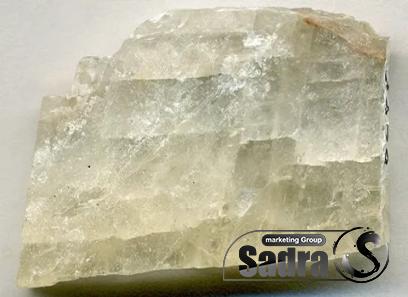 – Electronics and Technology: Quartz’s piezoelectric properties make it integral in the manufacturing of electronic devices, such as oscillators, resonators, and quartz crystal watches. Its ability to vibrate at precise frequencies enables the accurate measurement of time and facilitates data transmission in telecommunications. – Construction and Infrastructure: Quartz is utilized in the construction industry for its durability, hardness, and resistance to weathering. It is a key ingredient in concrete, mortar, and various building materials. Conclusion: As the most common mineral in Earth’s crust, quartz continues to captivate scientists, industries, and consumers worldwide. From its diverse variety of forms to its numerous applications, the significance of quartz cannot be overstated. Its enduring presence in our everyday lives is a testament to its remarkable qualities and enduring appeal. Whether in the form of jewelry, technology, or construction materials, quartz remains an essential mineral that continues to shape our world.
– Electronics and Technology: Quartz’s piezoelectric properties make it integral in the manufacturing of electronic devices, such as oscillators, resonators, and quartz crystal watches. Its ability to vibrate at precise frequencies enables the accurate measurement of time and facilitates data transmission in telecommunications. – Construction and Infrastructure: Quartz is utilized in the construction industry for its durability, hardness, and resistance to weathering. It is a key ingredient in concrete, mortar, and various building materials. Conclusion: As the most common mineral in Earth’s crust, quartz continues to captivate scientists, industries, and consumers worldwide. From its diverse variety of forms to its numerous applications, the significance of quartz cannot be overstated. Its enduring presence in our everyday lives is a testament to its remarkable qualities and enduring appeal. Whether in the form of jewelry, technology, or construction materials, quartz remains an essential mineral that continues to shape our world.
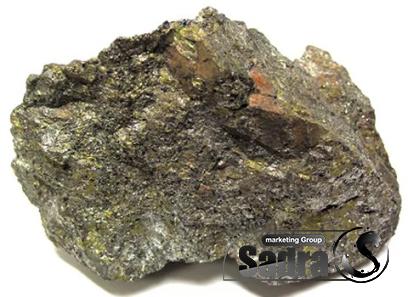
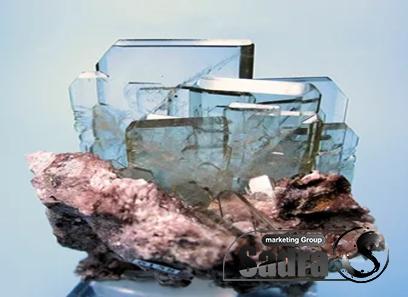
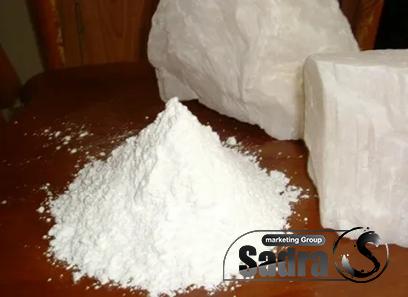
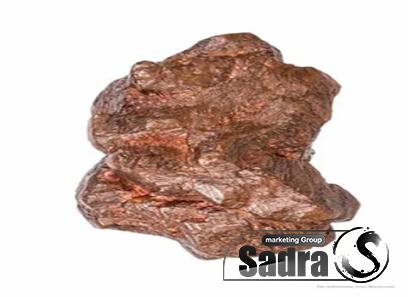
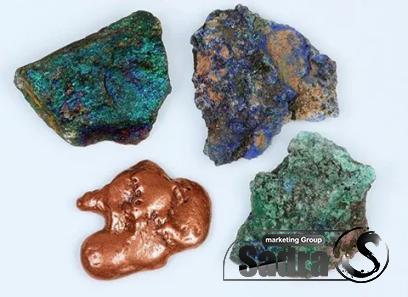

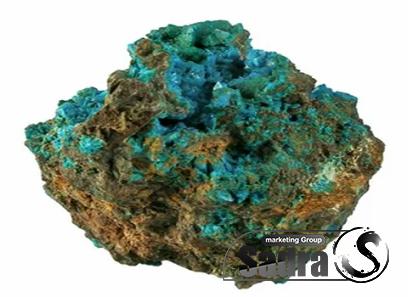
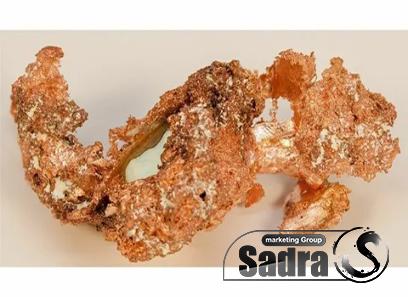
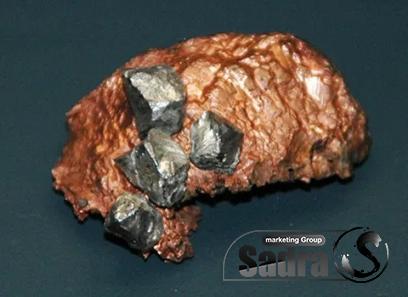
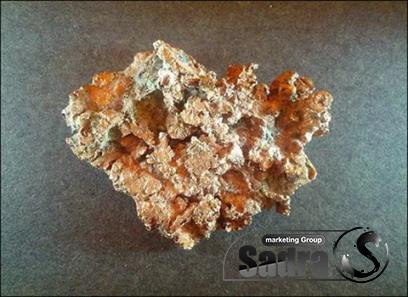
Your comment submitted.